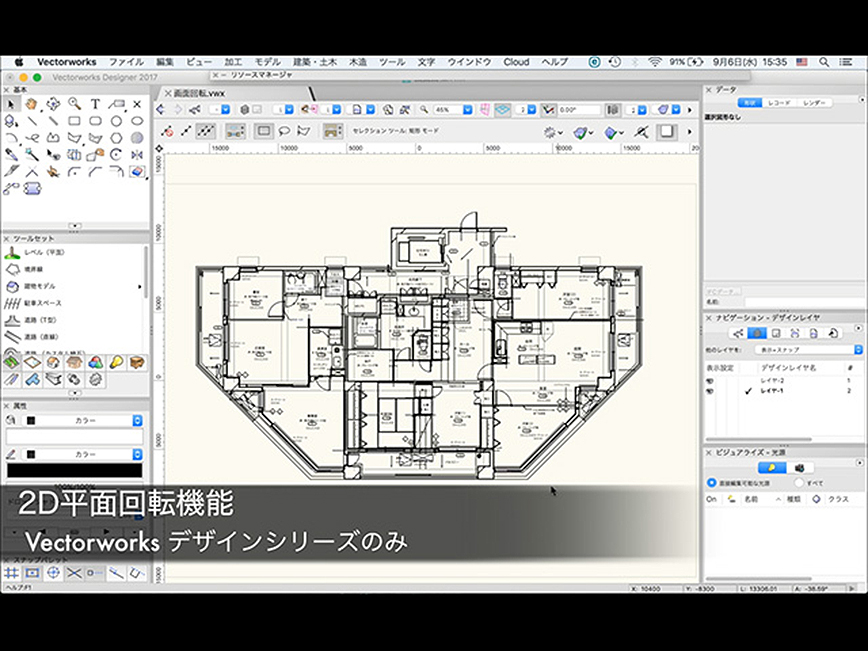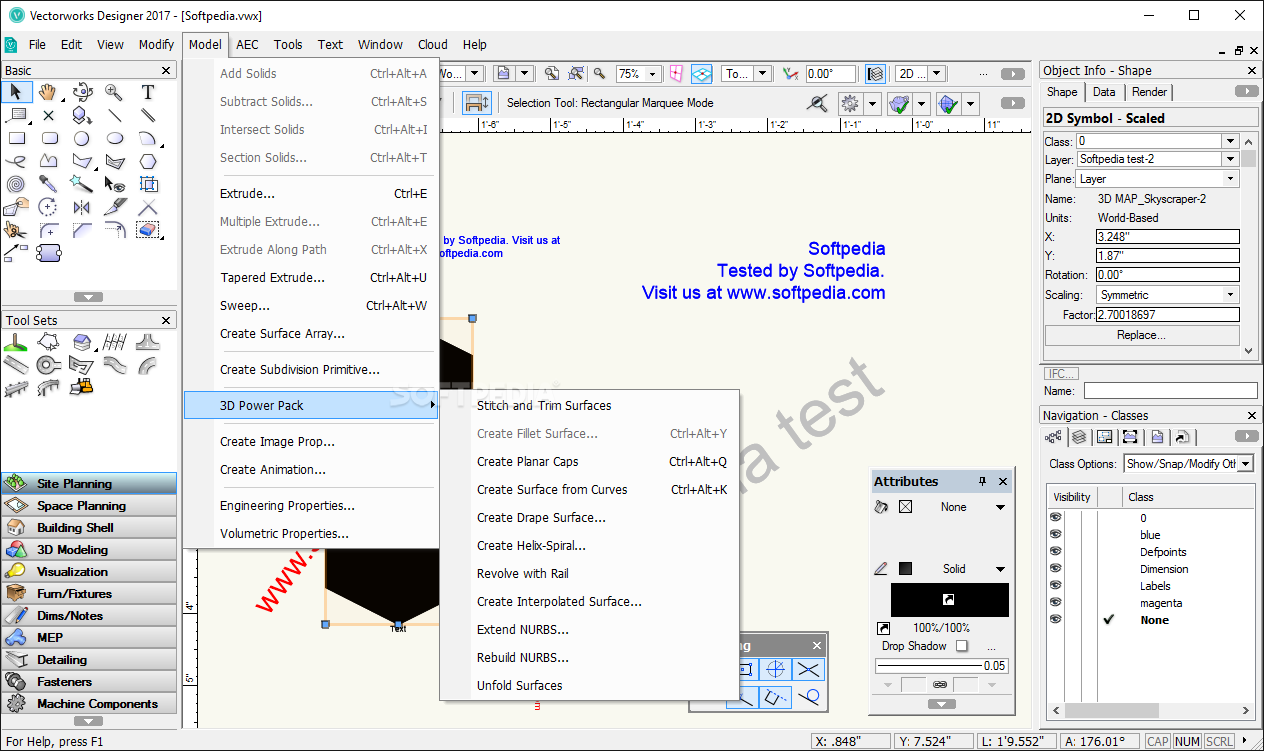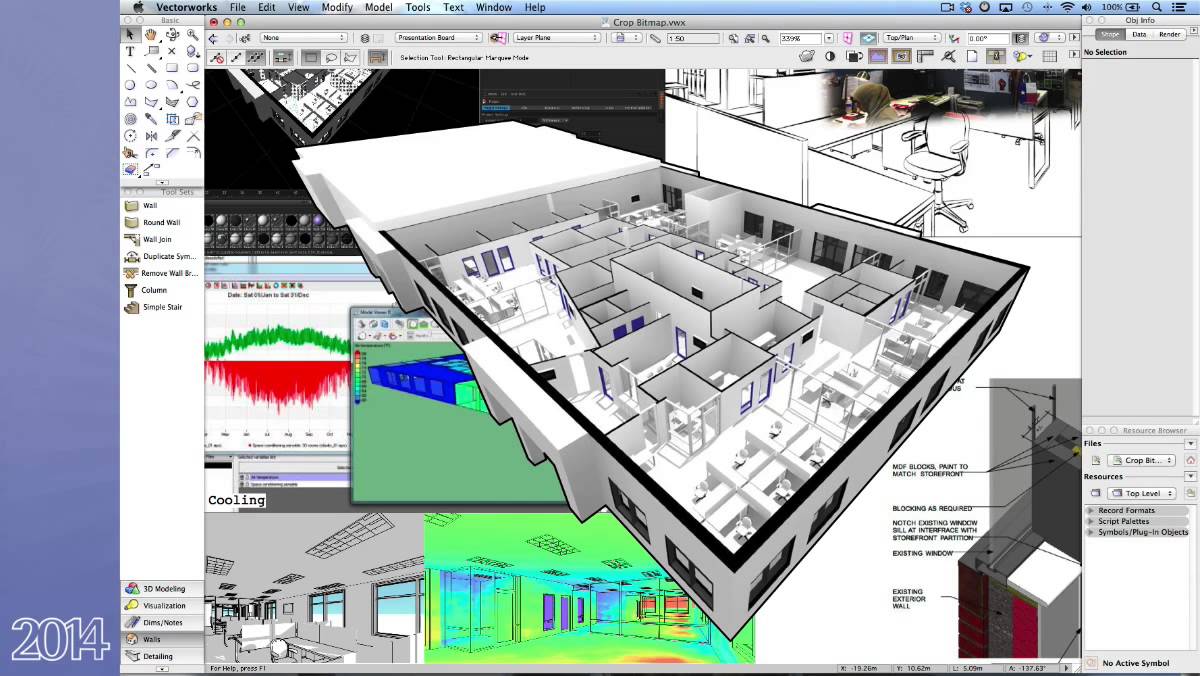

This helps to transfer to flat mapping and the conventions of X and Y but of course that leads to some skewing. Those mappings have 3 general options for transforming GCS to a Projected Coordinate System (PCS): Conical, Cylindrical, and Azimuth.

This is the Geographic Coordinate System (GCS), which is not applicable to flat mapping.

The lines connecting north pole to south pole are longitude lines, while those circumscribing the earth easterly and westerly are latitude lines. For a quick understanding, imagine angles drawn from the center of the earth to the surface.
VECTORWORKS CAD HOW TO
So, we have to consider how to translate/transform real-world locations and imagery to a flat 2D surface.ĮSRI’s Understanding Map Projections explains the convention of latitudes and longitudes. With projects large enough to concern the earth’s surface curvature, though, the challenge is that general coordinate geometry relates only to flat surfaces. We are all accustomed to the positioning system X and Y, also known as Easting and Northing. Many haven’t been required to think about geometry’s coordinate location unless the object involved a property line, ownership boundary, roadway layout, or similar feature that required coordinate layout to meet the legal or buildable description of the entities. Save this picture! Urban Context Model - Niterói Brazil. Sustainability and Performance in Architecture The Future of Architectural Visualization


 0 kommentar(er)
0 kommentar(er)
